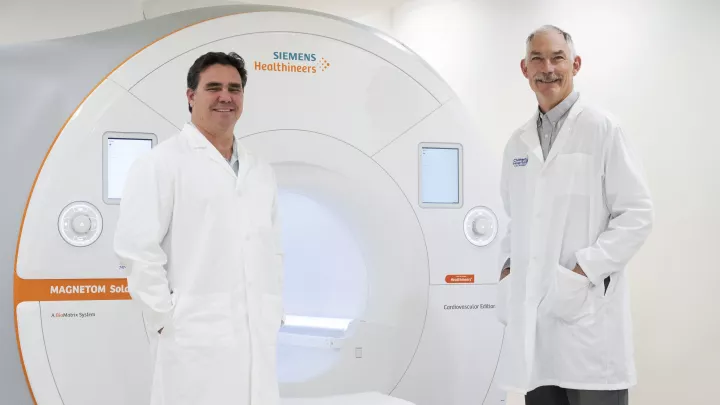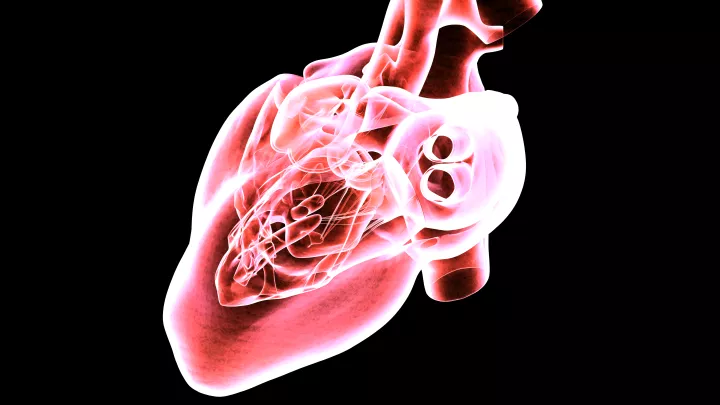Research Topics
- Sickle Cell Disease
- Cardiovascular disease in children and young adults with sickle cell anemia
- The role of blood flow in disease processes
- Nitric oxide effects on blood rheology in sickle cell anemia
Research Overview
In sickle cell disease, irregularly shaped cells can get stuck in small blood vessels, which can slow or block blood flow and oxygen to various parts of the body, impacting different organ systems. Affected individuals with SCD can experience a wide variability of acute and chronic health problems leading to complications such as stroke, pulmonary hypertension, or organ damage to the kidneys, liver and spleen.
Jon Detterich, MD, looks at how the red blood cell is able to transport oxygen and other nutrients to specific organ systems. By studying the red blood cells of a patient using methods that allow researchers to watch blood flowing while also measuring how the heart and blood vessels are functioning, Detterich hopes to identify new approaches for delivering therapy to the red blood cell and vascular system of the very patient they are studying.
The Detterich lab at CHLA is one of the first to focus on the nitric oxide that is produced within the red cells of patients with sickle cell disease. His goal is to discover how this nitric oxide production interacts with the blood vessels, in all of the different organ systems, in order to guide new therapies that span all the disease variability.



